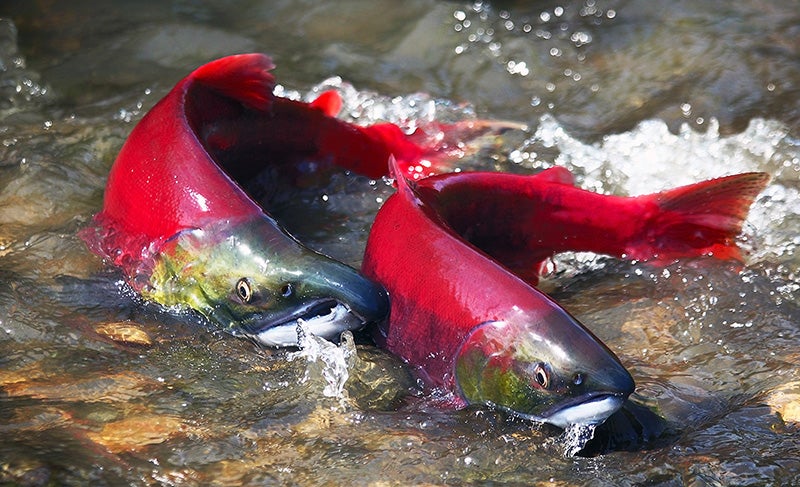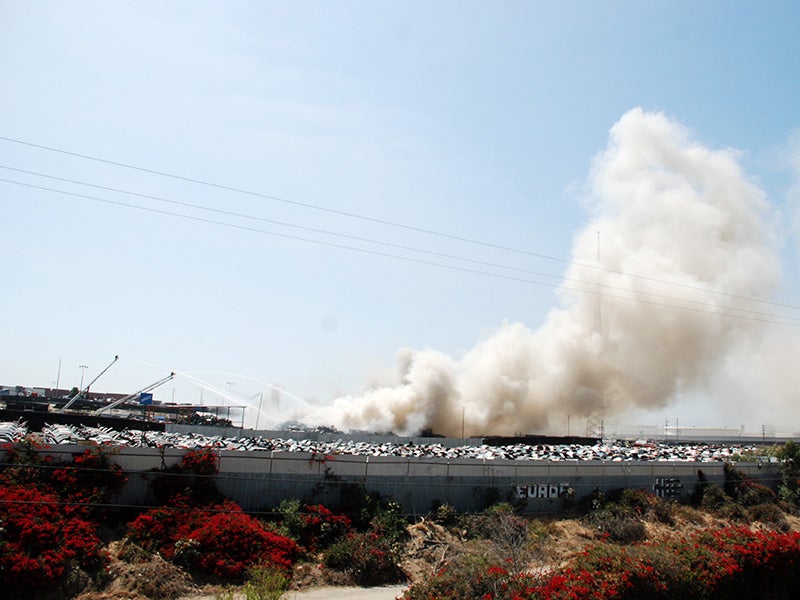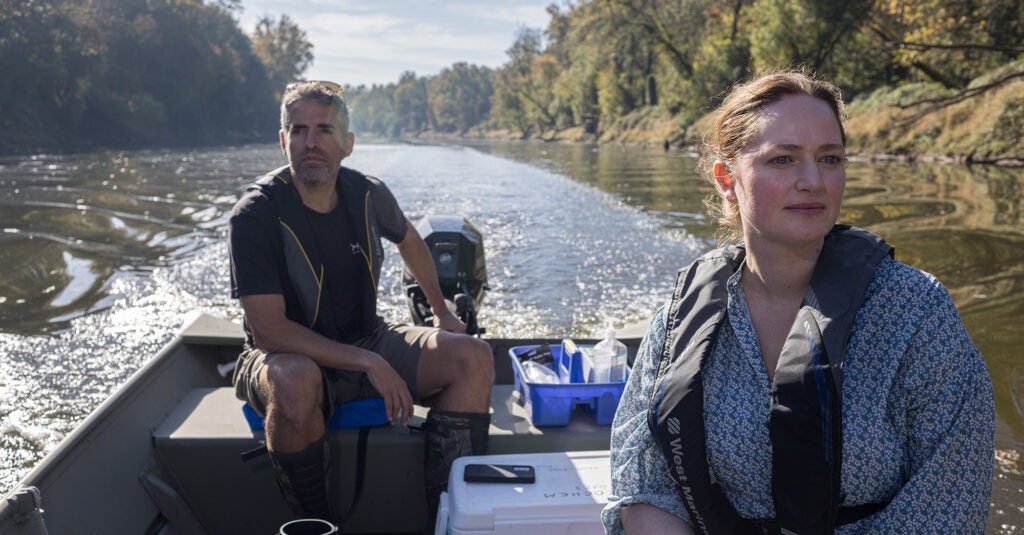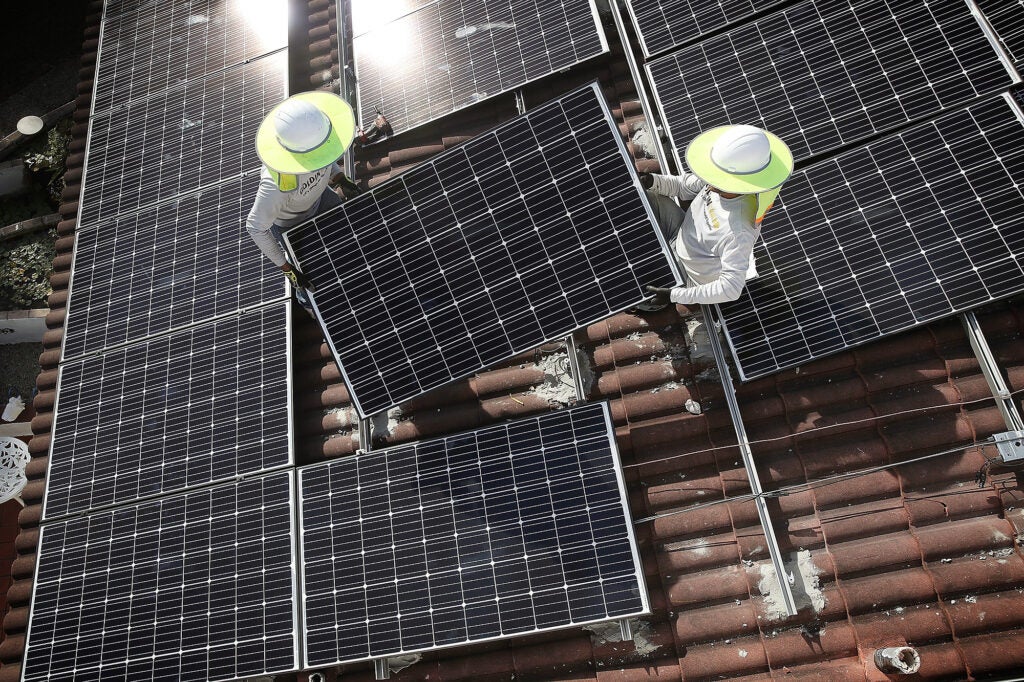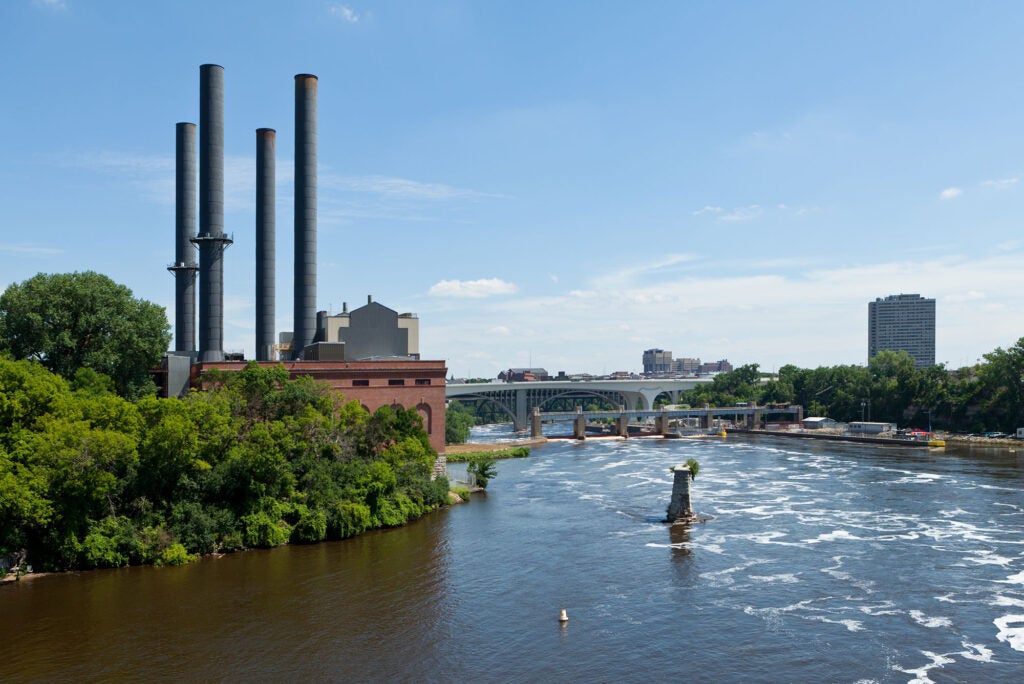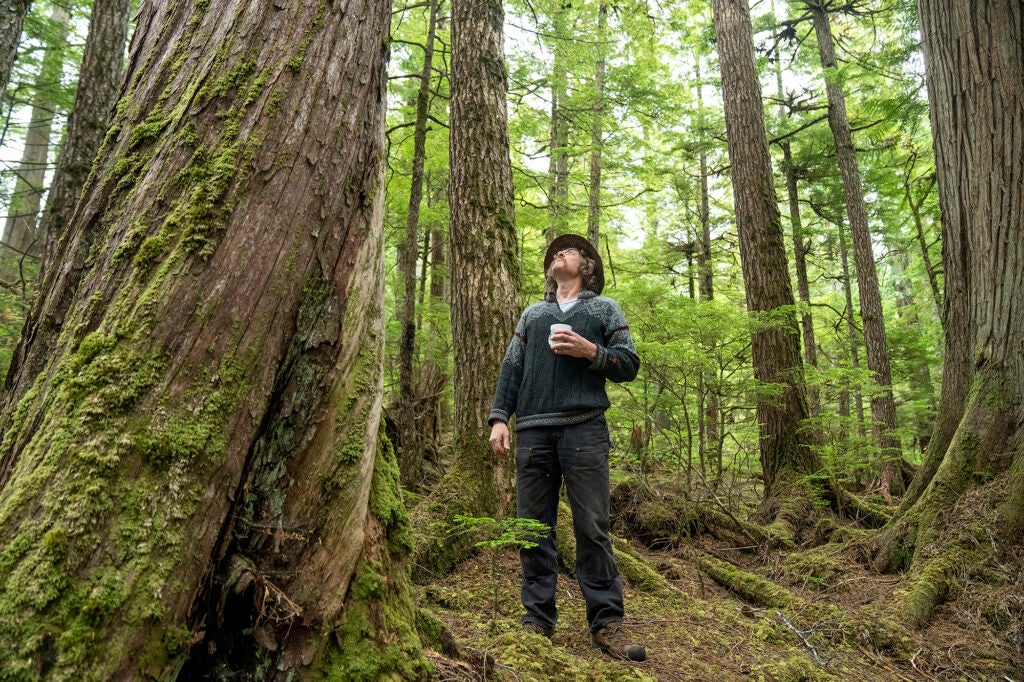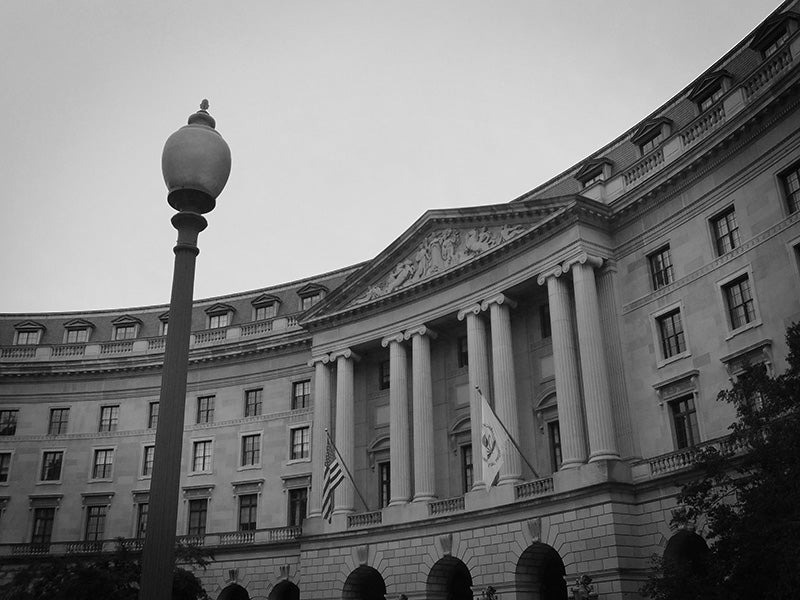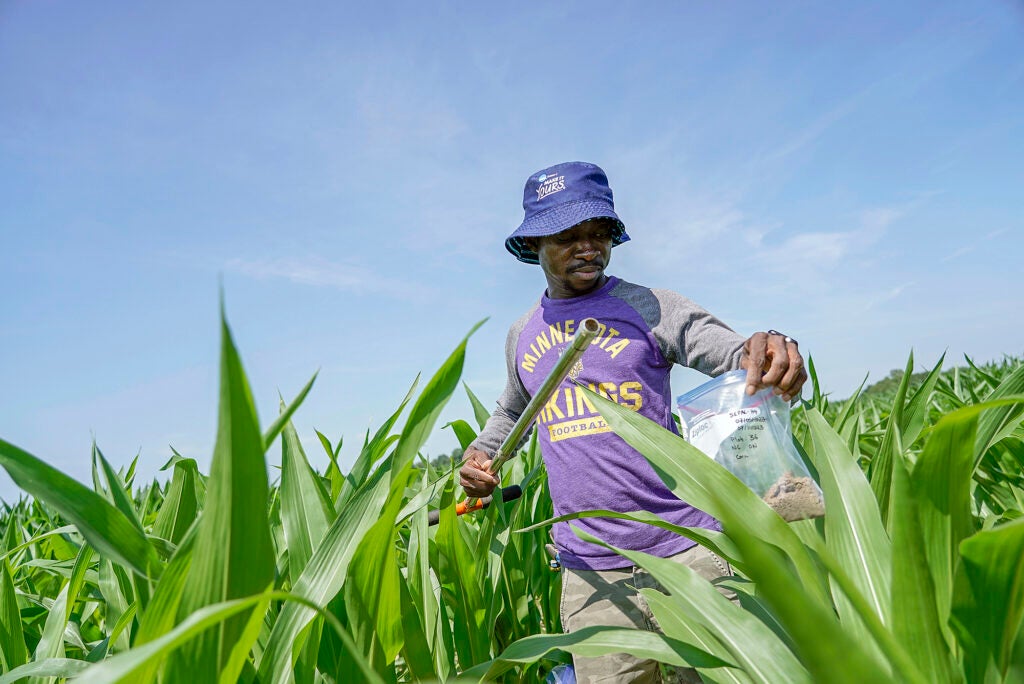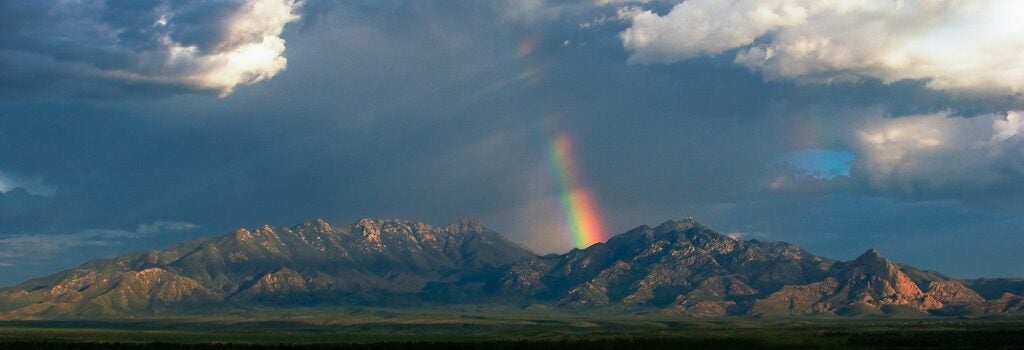Looking for ways to give to Earthjustice? Make a secure online donation today. You can also make a gift through Donor Advised Funds, through Qualified Charitable Distributions from an IRA, through mail by check, through donations of stocks and securities, and many more ways. We are grateful for your support!
Looking for ways to give to Earthjustice? Make a secure online donation today. You can also make a gift through:
- Donor Advised Funds
- Qualified Charitable Distributions from an IRA
- Mail by check
- Donations of stocks and securities
- And many more ways
We are grateful for your support!
